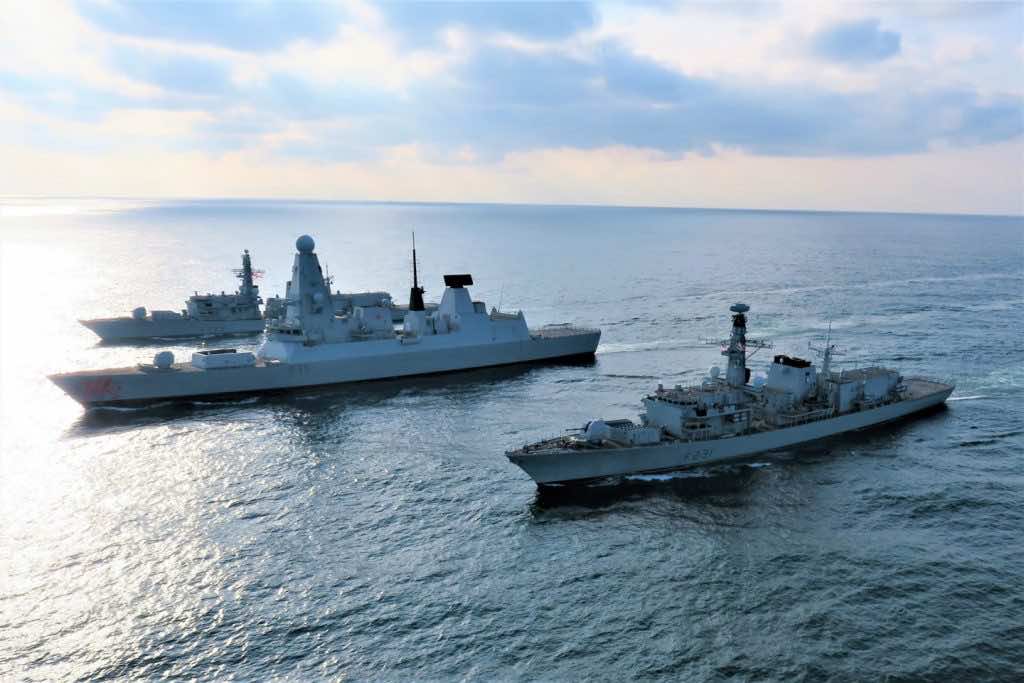The AI systems defending as a shield against super-sonic missile attacks were tested at the coast of Scotland and Norway.
The Royal Navy conducted sea trials where for the first time ever, AI systems have been used as a protecting shield against missile attacks. The test involved 10 countries, dozens of aircraft, fifteen ships, and about 3,300 personnel to detect, track and intercept supersonic missiles. The AI systems played the role of a shield in the tests.
Supersonic missiles are one of the deadliest weapons in the naval arsenals. These low-flying missiles that travel at speeds more than the speed of sound are hard to detect. Defending against a supersonic missile attack is tricky, and requires speedy actions.
In some incidences, it could be found that these supersonic missiles were destroyed as they entered within 5,000 feet of its target, now the AI systems would deal with such attacks on its own, as demonstrated in the test by the Royal Navy partnered with several other nations.
Newer and faster missile systems have been threatening air defense systems, which are often found to be overwhelmed even aided by the computer-based calculations for stopping an attack. Because launching the correct countermeasure after identifying a threat is no less than a challenge in itself.
However, the stress levels for air defense system operators would decrease substantially after the successful tests which came as a sign that AI systems would aid in providing an effective shield against future supersonic attacks.

The human mind is behind constructing the AI systems, but once a large set of data is fed and countermeasures to be taken are learned by a machine, it takes far less time than a human mind would take in making a decision, and it is the actual catch behind the swifter AI response time. This allows for the ability to take the huge influx of data from sophisticated sensor input, and identify and track missile threats.
The tests would continue till early June for which the Navy has deployed the destroyer HMS Dragon, the Frigates HMS Lancaster, and the HMS Dragon, with officials from the British Government Defence Laboratory and other officials from industry partners.

“The sheer weight of hardware bought together in this exercise, and the chance to test the teams and systems against real-speed supersonic sea-skimming and ballistic targets cannot be underestimated,” says Lieutenant Commander Richard Dobson, HMS Argyll’s Principal Warfare Officer. “It has built the confidence of the team, pushed the boundaries of what these highly capable systems can do, and will help develop our future tactics in missile defense.”


